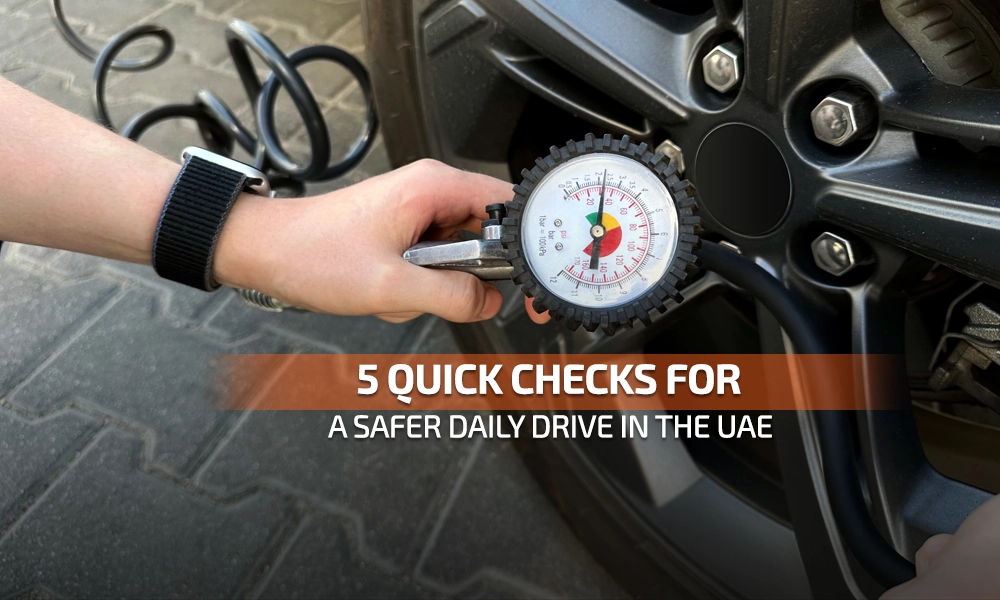Owning your first car is an exciting milestone—one that brings newfound freedom, confidence, and independence. But with that freedom comes responsibility. Whether you are commuting through the bustling streets or planning to the weekend getaways, understanding how to maintain your vehicle is essential for safety, reliability, and peace of mind.
This guide combines expert advice and practical tips tailored for women drivers, especially first-time car owners. From basic maintenance routines to safety strategies, here’s everything you need to know to keep your car in top shape and drive with confidence.
Choose the Right Car for Your Lifestyle
Before diving into maintenance, it’s crucial to select a vehicle that aligns with your needs. Women often prioritize reliability, fuel efficiency, safety features, and ease of handling over flashy aesthetics. Consider factors like daily commute distance, parking availability, and family requirements. For instance, compact cars are ideal for city driving, while SUVs offer more space and versatility.
For insights into popular choices among women drivers, explore this list of Top 10 Cars Women Love Driving in the UAE in 2025.
Understand Your Vehicle
Familiarizing yourself with your car’s basics empowers you to identify issues early and communicate effectively with mechanics. Start by reading the owner’s manual to learn about maintenance schedules, dashboard warning lights, and essential components. Recognizing unusual sounds or performance changes can help you address problems before they escalate.
As highlighted by CRS Automotive, gaining knowledge about your vehicle reduces intimidation and enhances your ability to maintain it effectively.
Regular Maintenance Checks
Consistent maintenance ensures your car’s longevity and optimal performance. Here are key areas to monitor:
Oil Changes: Replace engine oil every 5,000 to 7,500 miles to lubricate moving parts and prevent overheating.
Tire Care: Maintain proper tire pressure and inspect tread depth monthly. Uneven wear may indicate alignment issues.
Brake Inspection: Listen for squeaking or grinding noises, which could signal worn brake pads needing replacement.
Fluid Levels: Regularly check coolant, brake fluid, transmission fluid, and windshield washer fluid, topping up as necessary.
Battery Health: Inspect for corrosion on terminals and ensure a secure connection. Most batteries last 3-5 years.
Air Filters: Replace engine and cabin air filters every 12,000 to 15,000 miles to maintain air quality and engine efficiency.
For a comprehensive guide, refer to CarVaidya’s Top 10 Basic Car Maintenance Tips for Every First-Time Car Owner.
Equip an Emergency Kit
Being prepared for unforeseen situations enhances safety and confidence. Your car’s emergency kit should include:
- Flashlight with extra batteries
- First aid supplies
- Basic tools (screwdrivers, pliers)
- Jumper cables
- Tire repair kit or portable inflator
- Reflective warning triangles
Blanket and bottled water
Additionally, keeping pepper spray and a fully charged mobile phone can be vital for personal safety.
Prioritize Personal Safety
Safety extends beyond vehicle maintenance. Adopt these practices to protect yourself on the road:
Trust Your Instincts: If a situation feels off, prioritize your safety over politeness.
Plan Routes: Stick to well-lit, familiar roads, especially when driving at night.
Share Your Location: Inform a trusted person about your travel plans and estimated arrival times.
Avoid Distractions : Keep your focus on the road; avoid using your phone or engaging in activities that divert attention.
Secure Valuables: Keep personal items out of sight to deter theft.
For more safety tips, read CarDekho’s article on Women Drivers: Read These 5 Tips to Stay Safe On The Road.
Embrace Technology
Modern vehicles come equipped with features designed to enhance safety and convenience:
GPS Navigation: Utilize real-time traffic updates and route planning.
Bluetooth Connectivity: Enable hands-free calls and audio streaming to minimize distractions.
Reverse Cameras and Sensors: Assist in parking and detecting obstacles.
Automatic Emergency Braking: Helps prevent collisions by applying brakes when a potential crash is detected.
Familiarize yourself with these technologies to maximize their benefits.
Consider Eco-Friendly Options
As environmental consciousness grows, many women are opting for electric or hybrid vehicles. These cars offer benefits like lower emissions, reduced fuel costs, and quieter operation. Explore options such as the Top 5 Electric Cars Women Are Driving in the UAE.
Additionally, compact cars are gaining popularity for their fuel efficiency and ease of maneuverability in urban settings. Check out the Top Compact Cars for City Driving for suitable choices.
Maintain Cleanliness
Regular cleaning not only preserves your car’s appearance but also prevents long-term damage:
- Exterior Wash: Removes dirt and pollutants that can erode paint.
- Interior Cleaning: Keeps the cabin hygienic and free from allergens.
- Underbody Rinse: Prevents rust by washing away accumulated grime.
- Waxing: Protects the paint and enhances shine.
A clean car contributes to a pleasant driving experience and maintains resale value.
Schedule Professional Inspections.
While personal checks are essential, regular professional inspections can identify issues that might go unnoticed. Schedule periodic visits to a trusted mechanic for comprehensive evaluations of your vehicle’s health. This proactive approach ensures safety and can save money by addressing problems early.
Final Thoughts : Drive Smart: Your Empowered Start to Car Ownership
Embarking on your journey as a car owner is both thrilling and empowering. By understanding your vehicle, adhering to maintenance routines, and prioritizing safety, you set the foundation for countless enjoyable drives. Remember, knowledge is power—equip yourself with the right information, and you’ll navigate the roads with confidence and ease.







